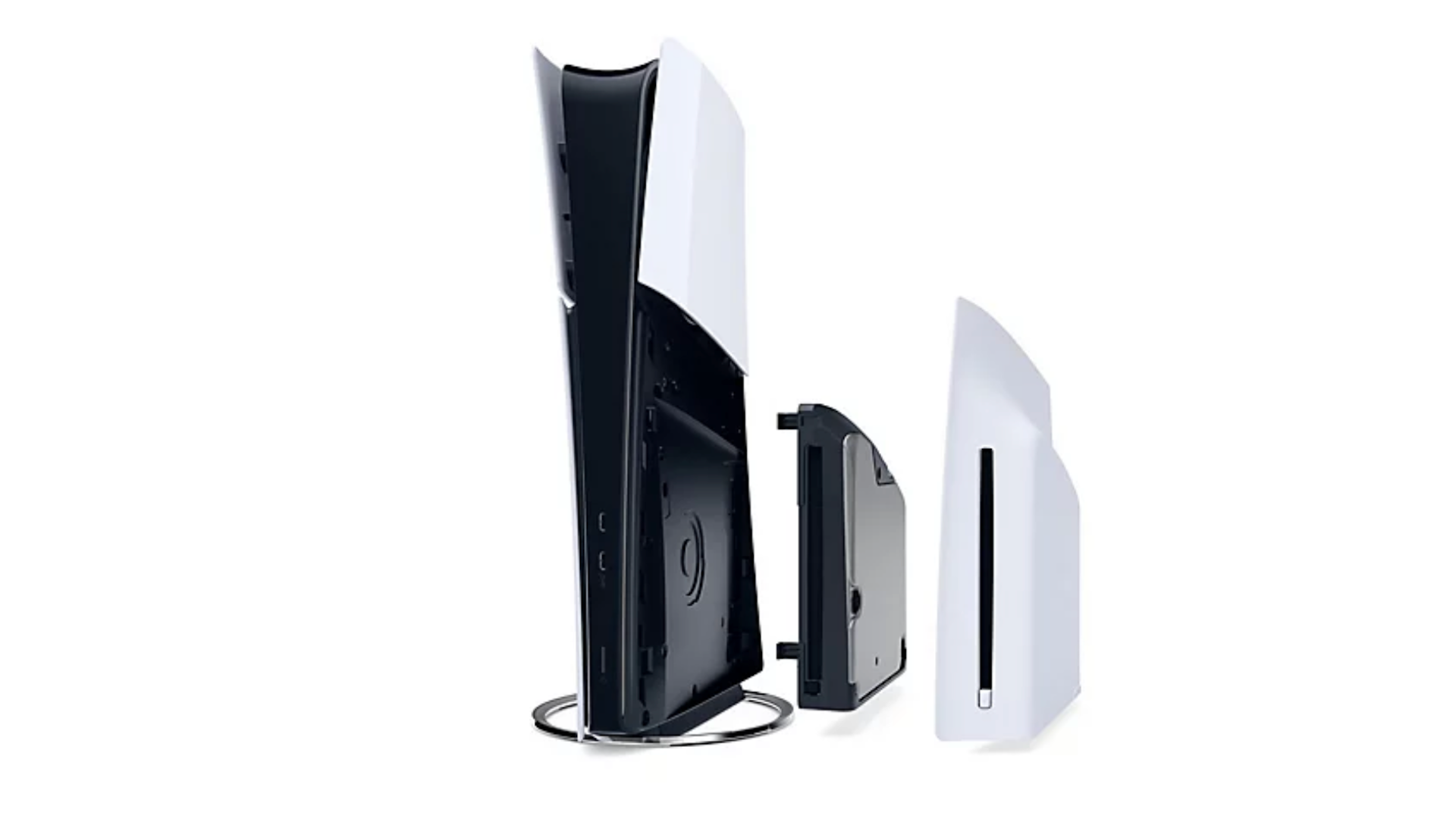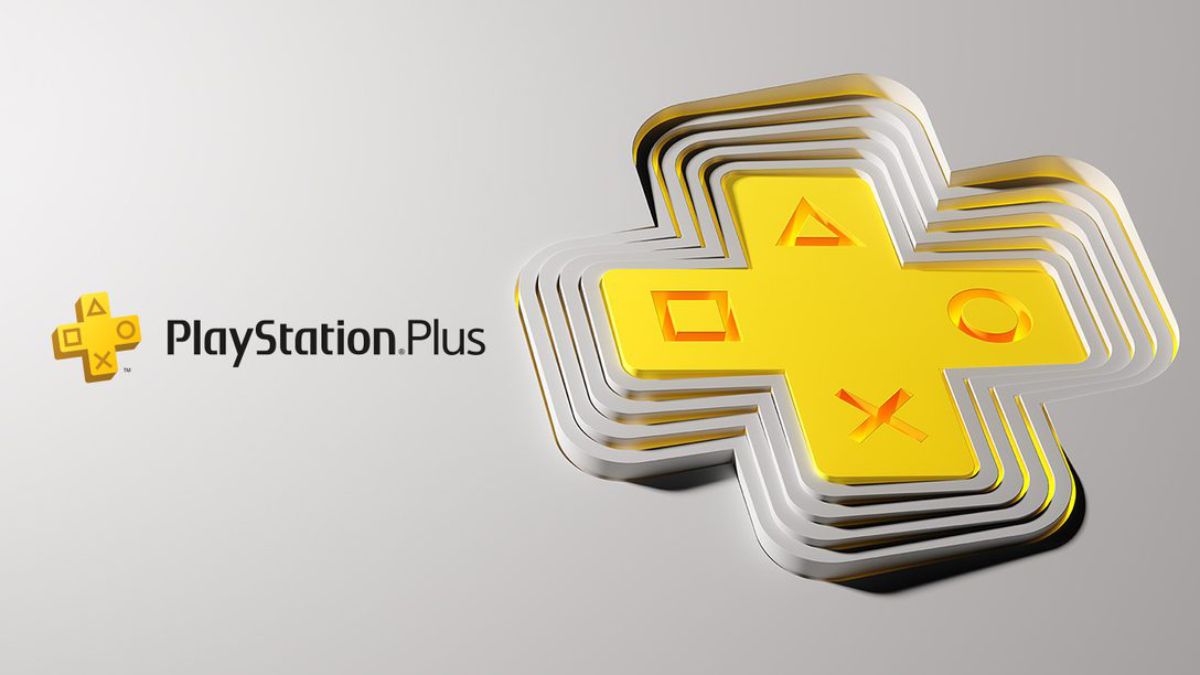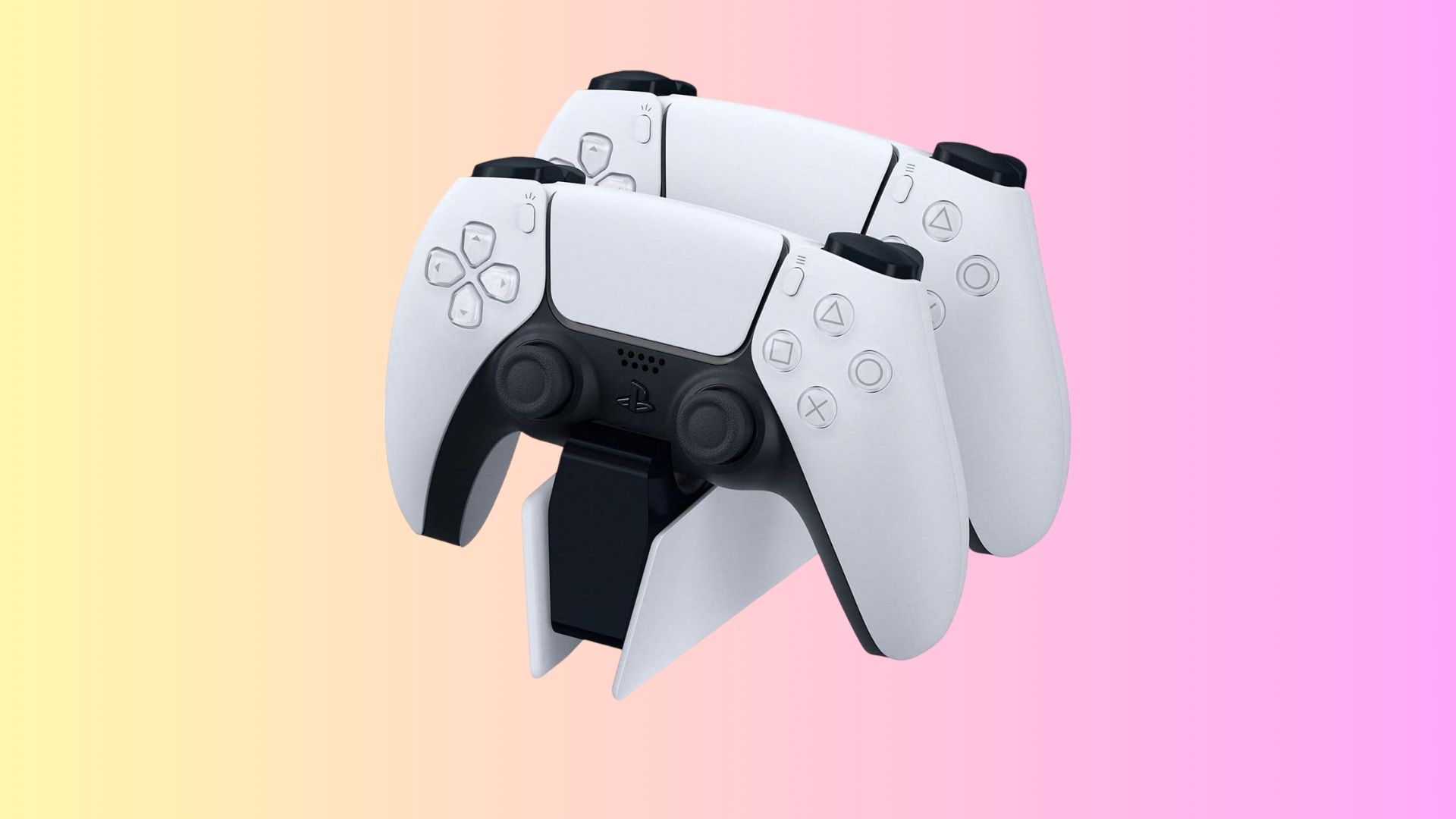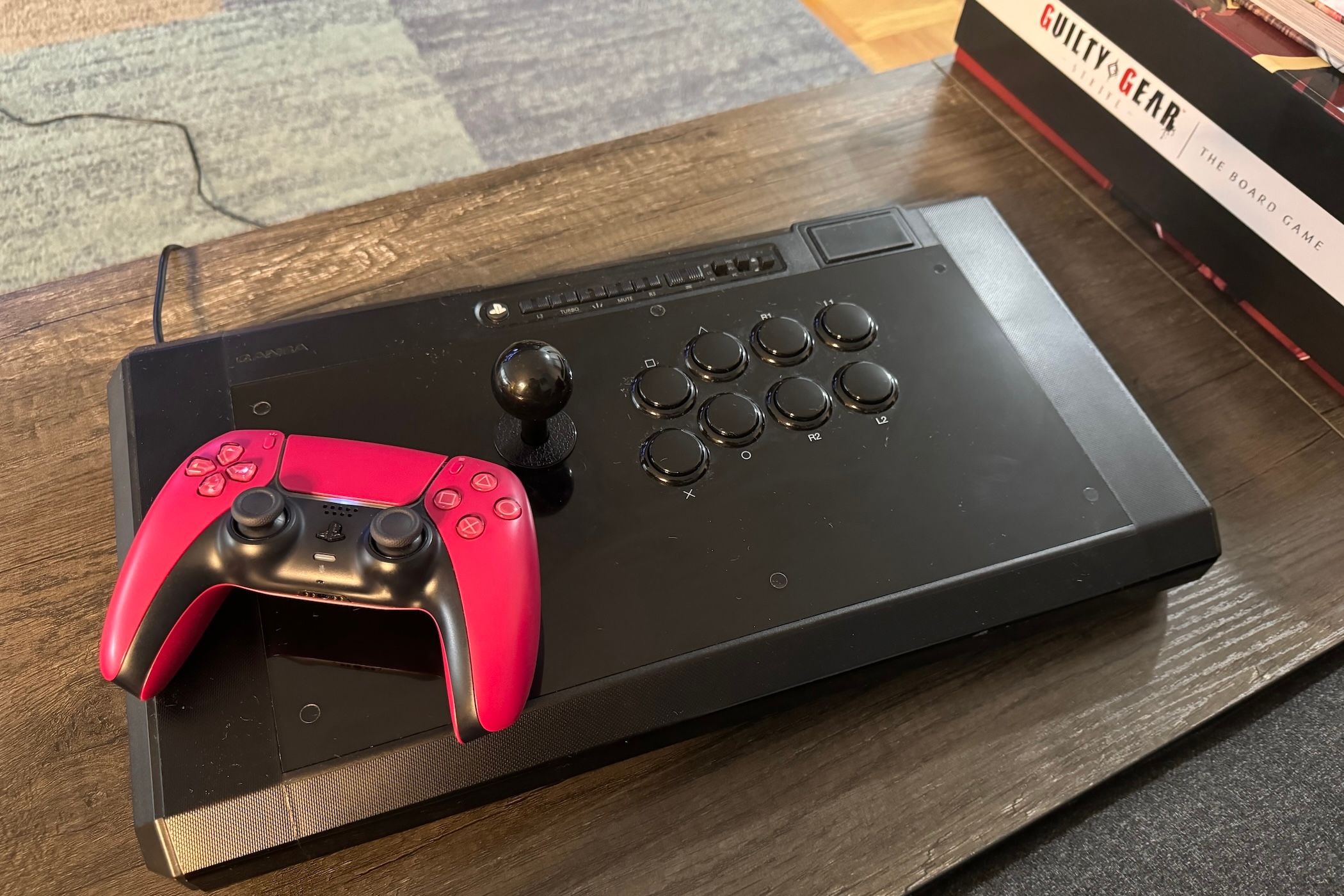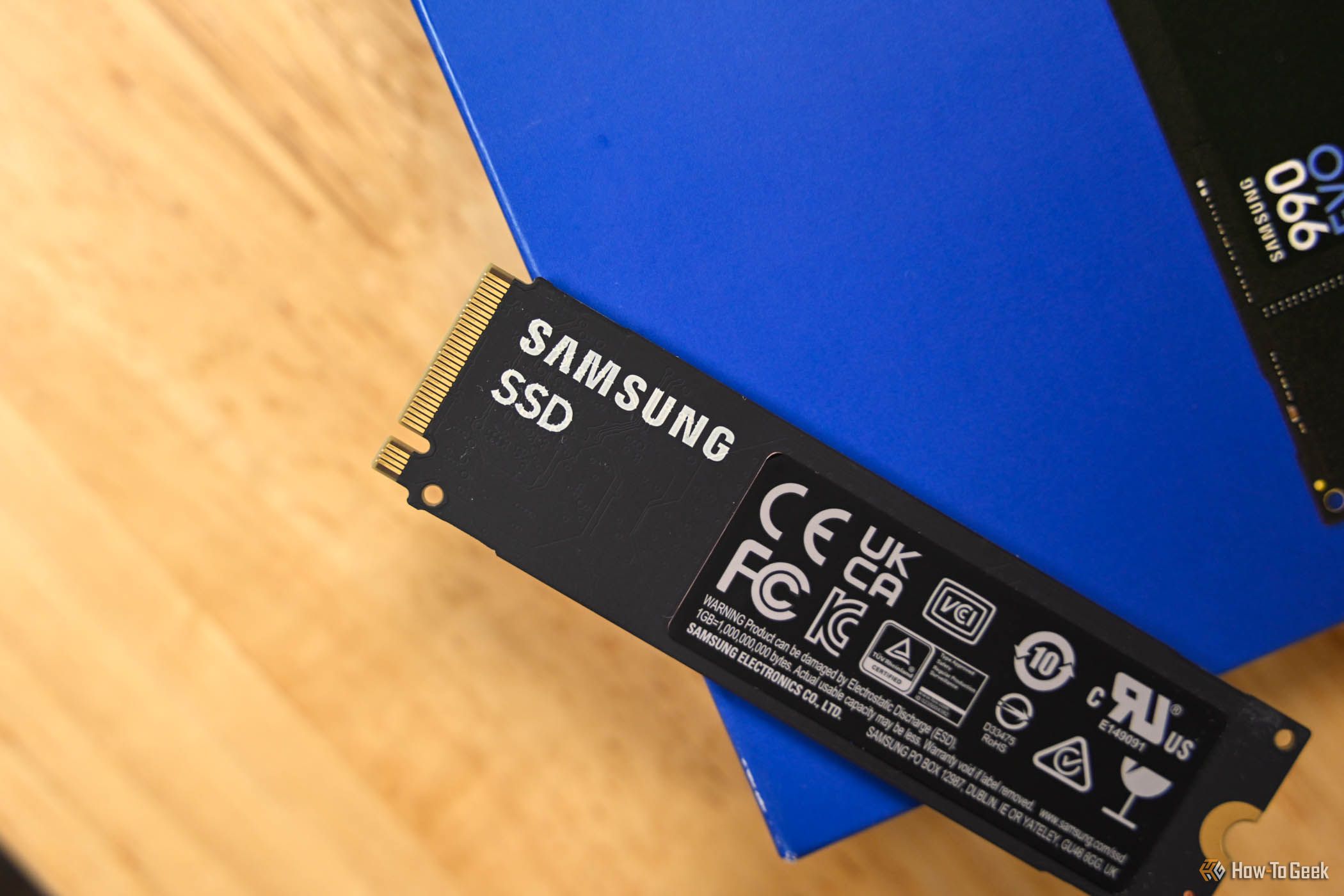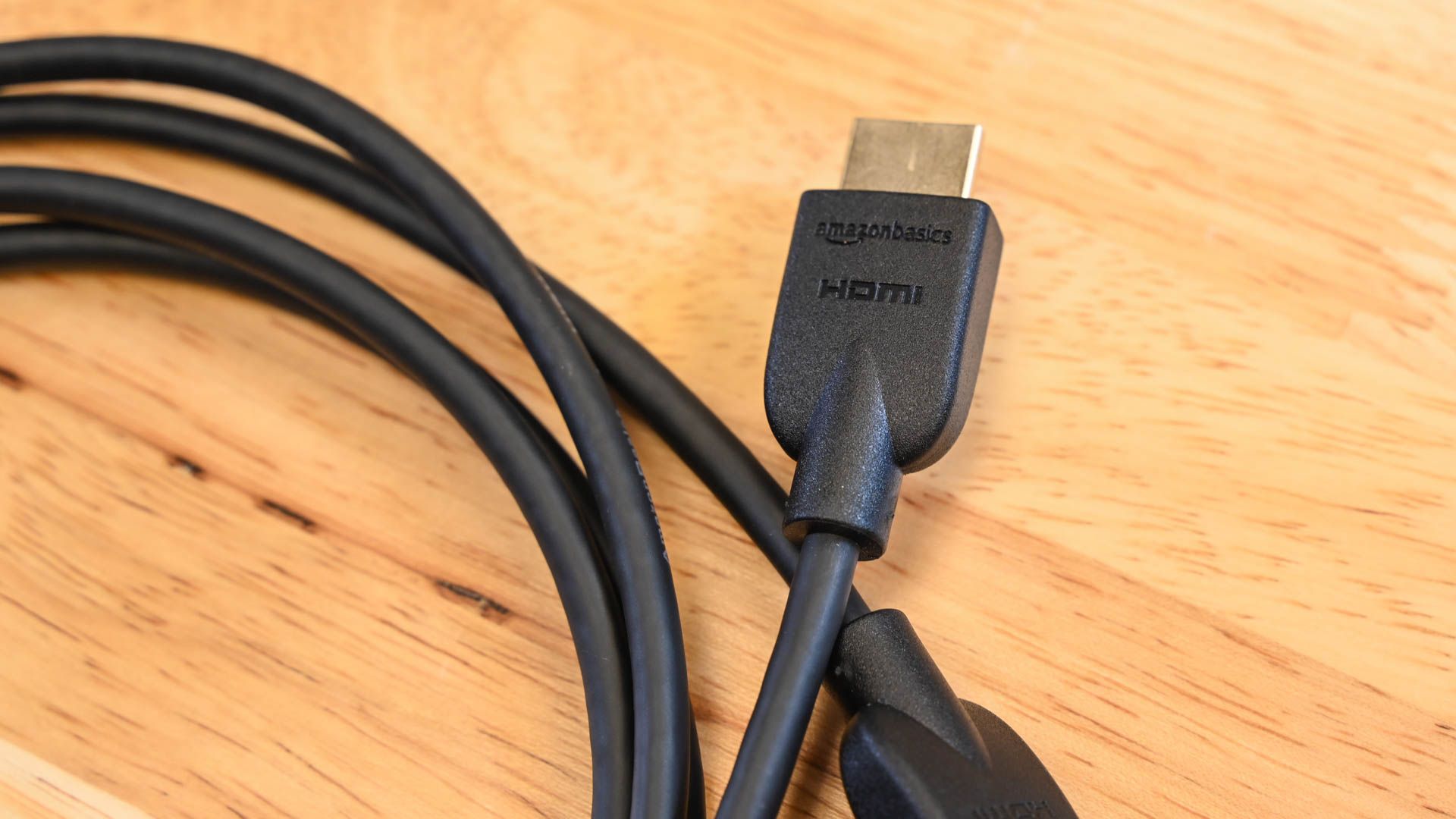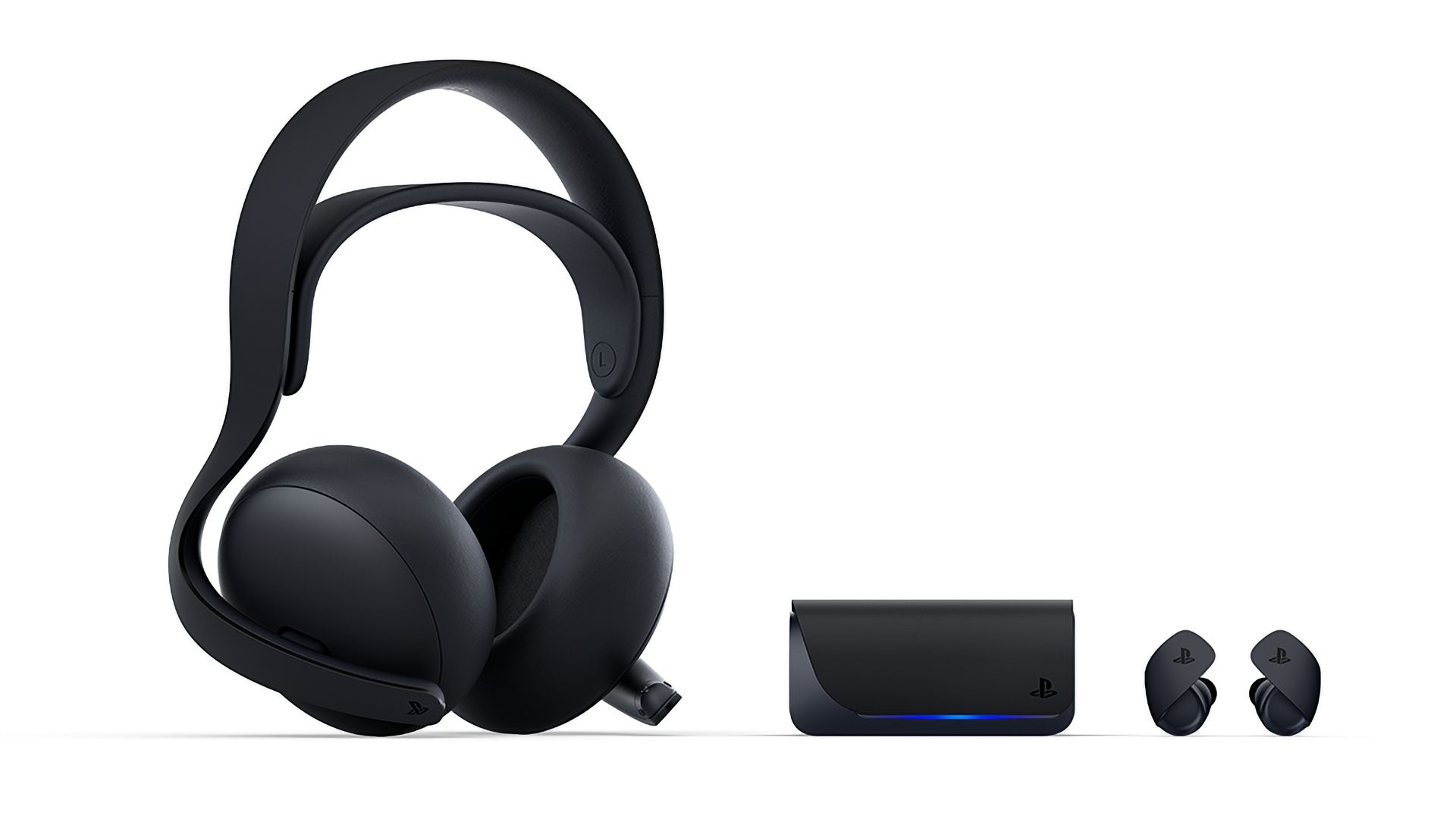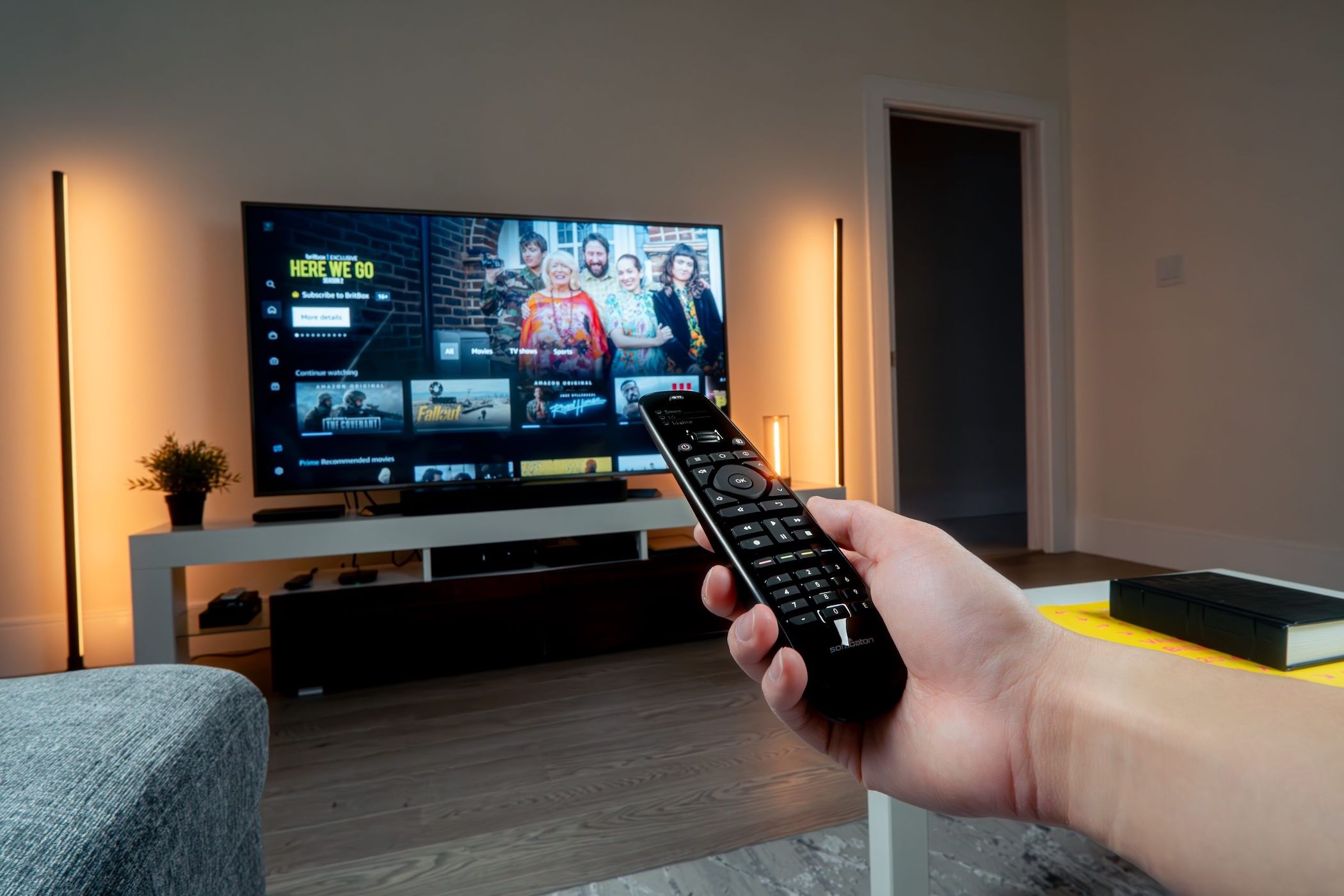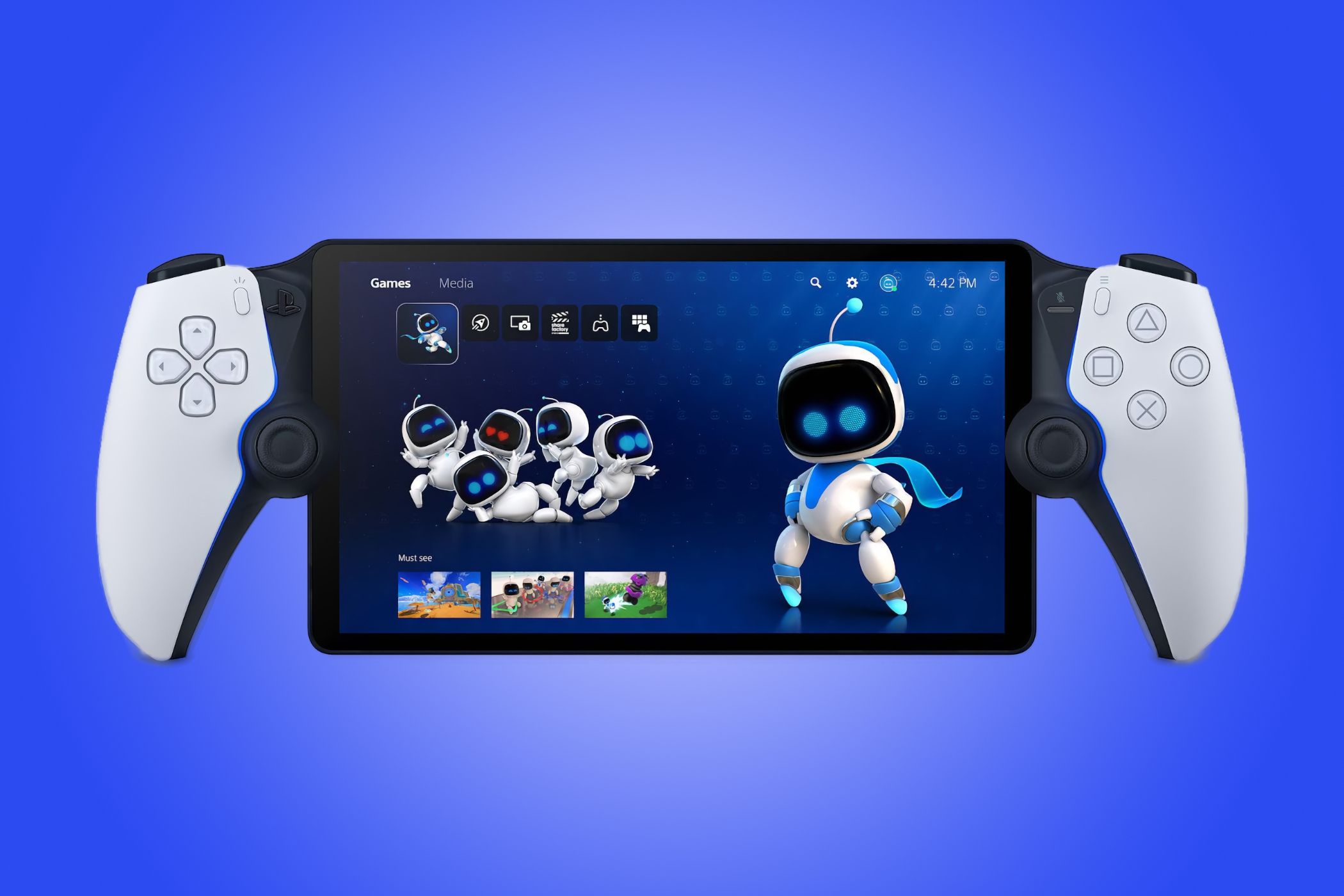Now that PlayStation 5 is receiving games previously exclusive to Xbox, it’s hard to deny that it’s the best all-rounder for current-gen gaming. However, it comes with some serious hidden costs and one crucial component that you may not even be able to buy.
These recommendations apply to both the “slim” PlayStation 5 and the PlayStation 5 Pro.
1
A Disc Drive
Unless you can track down a launch edition PlayStation 5 with a pre-installed disc drive, you’ll need to buy an attachable one to play physical games.
The PlayStaton 5 Disc Drive retails for a pricey $79.99. Unless you exclusively plan on buying digital games and don’t have a need to play PlayStation 4 discs, this should be considered part of the base console’s price. That is if you can get one at all, since disc drives have been perpetually out of stock ever since the PlayStation 5 Pro launched. If you want one immediately, you’ll either need to luck into one or pay scalper prices.
There’s something of a golden lining here, as physical games typically get deeper discounts than physical ones, in turn offsetting the disc drive’s cost over time. This problem shouldn’t exist to begin with, though.
2
PlayStation Plus
There’s a lot going on with PlayStation Plus, PlayStation 5’s three-tiered subscription service. Here’s a quick summary to help you choose which tier you’ll need (if any).
Essential ($79.99/year) is the base tier that offers online play for paid games, a few free games each month, and a handful of deeper discounts during sales events. Even if none of these perks interest you, what may make Essential worth the money is cloud saving. Otherwise, it’s game over for your save data if your console dies. That peace of mind alone may be worth the annual fee.
Extra ($134.99/year) is Sony’s answer to Xbox Game Pass. Alongside the Essential perks, it offers a catalog of hundreds of games for players to dive into, though you rarely get games on day one like Game Pass subscribers do. Still, a lot of the best PlayStation 4 and 5 games are here, making it a great way for newcomers to catch up. This is the tier I’d recommend to a new PlayStation 5 owner.
Premium ($159.99/year) takes the previous tiers and adds cloud streaming, exclusive trials that let you play for a few hours before buying, and a “classics catalog.” This final perk is a strange beast as it lets you play a selection of PlayStation 1, 2, and 3 games, with the PlayStation 3 titles being streamed from the cloud. Also, PlayStation 1 and 2 games aren’t emulated but rather existing or new ports to PlayStation 4 or 5. The quality of these can be hit or miss. Premium is ultimately a tough sell as its defining feature is half-baked.
If you plan to exclusively play free-to-play games, you don’t need PlayStation Plus for online access. It helps that those games usually store player data on their own servers, making cloud backups less crucial.
3
A Second DualSense Controller
Every PlayStation 5 comes packaged with a DualSense controller. While opinions vary on how comfortable it is to play on (I personally love it), there is one thing everyone agrees on: the battery life is atrocious. We’re talking give-or-take six hours of play before it’s dusted.
There’s little getting around the need to pay $74.99 for a second DualSense. This way, you can keep gaming uninterrupted while the drained controller tops back up. Even if you don’t often play for sessions longer than six hours, you never know when you may forget to charge your controller and end up not gaming at all. The only real caveat here is that you can connect a DualSense to your console with a USB-A cable, though this isn’t practical for most setups.
Of course, you’ll want a second controller if you plan to play split-screen or couch co-op games too.
Third-party controllers are also a choice, though you get what you pay for with them. Cheap controllers lose out on features and may have shoddy components, while premium alternatives get quite expensive. The $199.99 DualSense Edge—Sony’s “pro” controller—paints a picture of what this upper echelon offers and costs. My advice: just spring for that second DualSense.
4
PS5-Compatible Peripherals
PlayStation 5 games are only compatible with controllers and peripherals specifically built for the console. For example, arcade sticks you own for fighting games won’t be plug-and-play; you’ll either need to buy a PlayStation 5-certified one or a converter that tricks the console into thinking it’s one.
If you’re playing PlayStation 4 games, you can use PlayStation 4 controllers and peripherals, including the DualShock 4. We’re far enough into the console’s lifespan where you’re likely to spend most of your time on current-gen games though, and if that’s not your plan, you’d save a lot of money by buying a used PlayStation 4 instead.
5
Expanded Storage (NVMe SSD)
The PlayStation 5 comes with 1 TB of internal storage, while the PlayStation 5 Pro offers 2 TB. This is nothing to scoff at, though with games sizes reaching upwards of 100 GB these days, more storage will save you a lot of time managing storage.
To expand the internal storage, you’ll need an NVMe M.2 SSD with fast read and write speeds that’s compatible with the PlayStation 5 (not all are). For an added 1 TB, you’re probably looking to pay in the $100-120 range. It’s not cheap, but at least it’s not as expensive as Xbox’s proprietary solution. We’ve got you covered if you need help choosing which NVMe M.2 SSD to get.
Note that external SSDs and HDs can play PlayStation 4 games, but not PlayStation 5 games. You’re specifically looking for a stick-of-gum-looking NVMe M.2 SSD—and heat sink, if it’s not included—that you’ll install under the console’s cover.
6
A Longer HDMI 2.1 Cable
The PlayStation 5 comes with a great HDMI 2.1 cable, but it’s pretty short at roughly 5 feet long. If this works for your setup, then you’re set, but if not (and you own a TV that can take advantage of HDMI 2.1), you shouldn’t settle for that rusty old HDMI cable in the closet.
HDMI 2.1 cables have become increasingly less expensive in recent years. A good 10-foot cable will cost you roughly $20, a small price to pay for 4K 120 Hz signals, and great features like Dynamic HDR, VRR, and ALLM. If you’re already shelling out big bucks for the PlayStation 5 experience, don’t skimp (but also don’t spend ridiculous amounts of money for scam cables that don’t add any extra features).
7
A Headset
Any headset with Bluetooth, a 3.5 mm jack, or a USB-A connection will work with the console, so there’s a good chance your current go-to is compatible. If it isn’t—or you don’t own one already—we have suggestions. You may also want to consider Sony’s multiple gaming headset lines.
8
A Universal Remote
I’m throwing in universal remotes in as I find them invaluable for PlayStation 5 media playback. This is not a requirement (definitely don’t break the bank on one) but it’s a huge quality-of-life improvement over fumbling with a controller. There are some great ones we recommend, and if you have a high-end TV, it likely came with one.
One reason I particularly like a universal remote for my PlayStation 5 is that it lets me turn off the DualSense to preserve its battery charge. That way, when I go back to gaming, I’m not met with a dead controller.
9
PlayStation Portal
This final entry is only for those looking for a little bit of luxury or with a need for off-TV play. The PlayStation Portal is a Switch-looking device that remotely plays games streamed from your PlayStation 5 via Wi-Fi. It’s definitely expensive at $199.99, so don’t consider this as something you need to buy alongside a PlayStation 5 unless you have a specific use-case and strong enough Wi-Fi to support it.
Alternatively, try using Remote Play on your smartphone, PC, or Mac instead,
The PlayStation 5 has some beefy hidden costs, but you’re ultimately getting a great console that’s worth the investment. Here’s the next question: is the PlayStation 5 or 5 Pro right for you?


